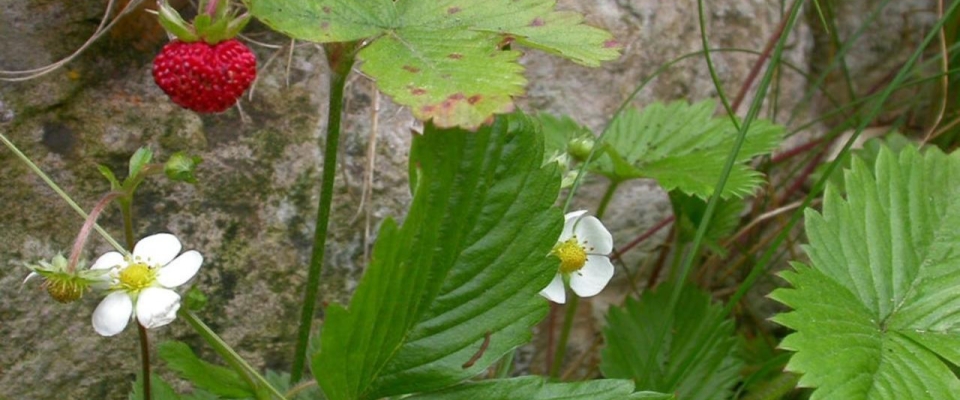Pineapple weed
Pineapple weed is another plant that is labelled as a weed to be eliminated at all costs. The reality is that this plant is a forgotten treasure given to us by nature and that has many uses for food and medicine. The plant has yellow, cone-shaped flower heads that resemble small pineapples. Interestingly enough, the crushed flowers, give off a slight aroma of pineapple, as well as the aroma of chamomile, hence the name.
The cone-shaped flower heads are a valuable part of this plant, as they are used either dried or fresh, most often in pineapple weed tea, which has a clear pineapple scent when brewed. You can also eat the dried or cooked flower heads for an energetic burst. The flower, more so than the leaf, tastes sweet and like pineapple. I can still remember my sister as a young child picking and eating them like sweets. The flower heads are the best part of this plant and can be a quick high energy snack. The leaves can be added to salads or nibbled on as you walk.


Because pineapple weed is in the category of an invasive species, you should be careful where you harvest from to be sure that no spraying of toxic chemicals has taken place. It commonly grows on or along walking paths, trails, roadsides, and in disturbed areas. I wouldn’t recommend harvesting in these areas as they are typically polluted. Try to harvest in areas that are away from heavy use by humans, pets, and vehicles.
Here are 4 quick and easy ideas for using pineapple weed;
- Pineapple weed in salads—use the flower heads and leaves in salads to add a fruity bite.
- Pineapple weed syrup—just use the flower heads to make the best syrup. Cover the flower heads with water, simmer for 5 minutes, and strain. Measure the water and combine every millilitre with a gram of sugar, or every cup of liquid to one cup of sugar. Combine the liquid and sugar and heat slowly while stirring until the sugar dissolves. Dilute for drinks, cocktails, or salad dressing.
- Pineapple weed salad dressing—mix half the pineapple weed syrup with olive oil, vinegar, and a little wholegrain mustard. Combine well and drizzle over salads or cold meats.
- Pineapple weed tea—simply pour boiling water over dried or fresh pineapple weed flowers and leave to infuse for 5 minutes.
Health Benefits of Pineapple Weed
Pineapple Weed Harvesting
Like chamomile, pineapple weed, a relaxing herb, is great for calming nervousness, agitation, and anxiety, and for promoting restful sleep. When we have digestive troubles of any kind that are caused by nervousness, this can be a great remedy. It is reported to help relieve stomach cramps and intestinal cramps, but it can also help with menstrual cramps as well and can be a good aid for painful periods.
New mums have often found it beneficial to take right after birth to help get a healthy supply of milk started for the newborn. And as an extra bonus, the effects of this herb can pass from mom to her baby through the milk, providing some digestive support for the baby as well. It’s a gentle herb that’s great for babies and children with colic, gas pains, and teething. It’s even used for children’s colds, especially in children that are warm-natured, have flushed cheeks, and usually don’t like to wear warm clothes
Pineapple weed in written records has been in medicinal use for thousands of years by indigenous peoples in North America and Northeast Asia. Some of these uses include being brewed in a tea, topically applied after solvent extraction, eaten for its internal benefits, and cultivated to repel insects. Tea: Dry flower heads of pineapple weed, used to brew herbal tea, still remains the most popular use of this herb. You only need 5-6 flower heads, and you can add honey to sweeten the flavour or dilute the taste of the pineapple.
More articles here

































